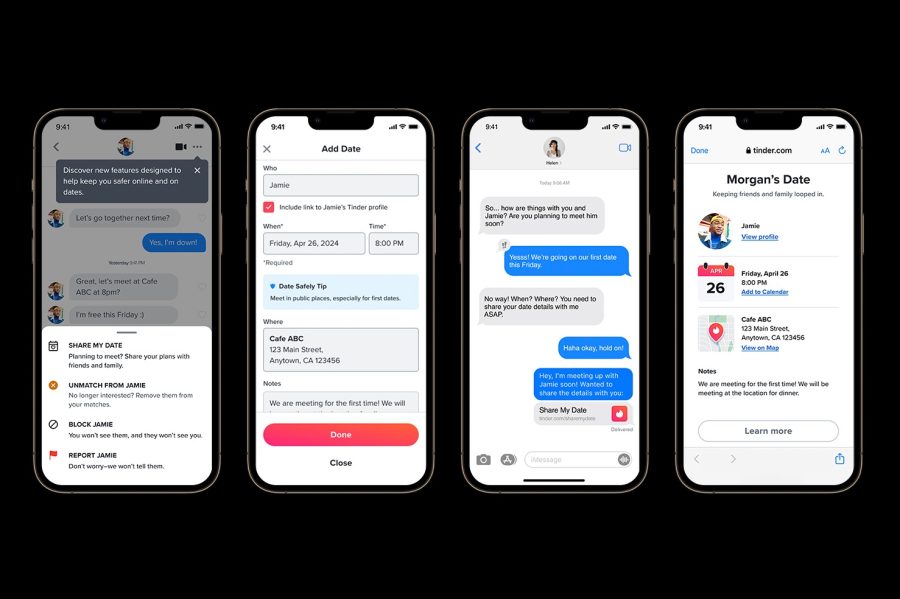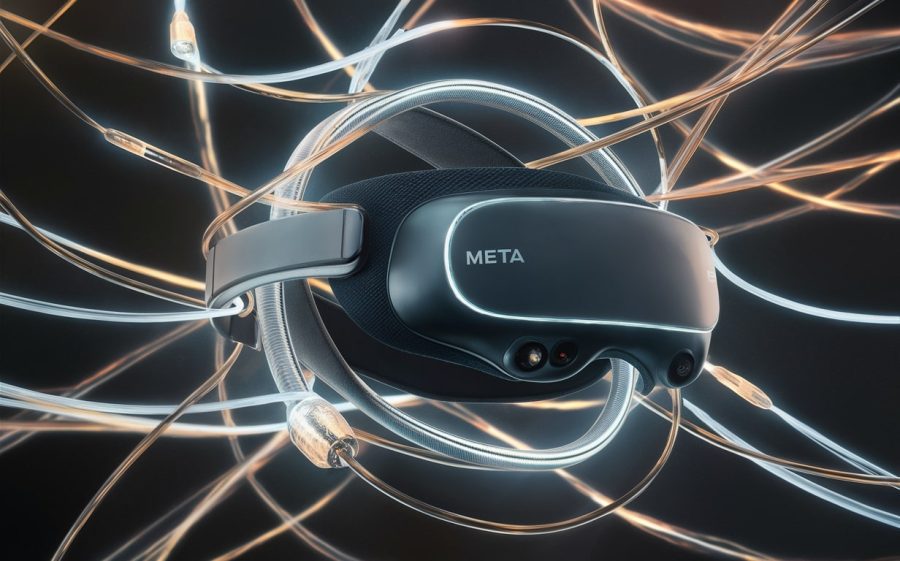With the deal confirmed at last, it’s easy to balk at the $3 billion handshake between Apple CEO Tim Cook and Beats co-founders Dr. Dre and Jimmy Iovine. After all, it’s far from clear just what Apple has in mind for the maker of headphones and its digital music-streaming service.
But Apple, widely credited with accelerating the first digital music revolution, could be poised for another industry shake-up—this one well overdue. After all, music has coursed through the company’s veins for longer than we often remember. Don’t believe me? Let’s take a trip down memory lane and see.
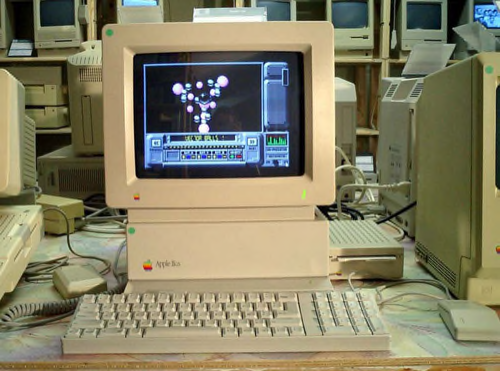
1977: Apple II
Beyond its role in popularizing the personal computer as we know it, the Apple II line foreshadowed Apple’s sonic future. It wasn’t initally promising, though; while third party peripherals expanded its musical repertoire, 1977’s 8-bit Apple II began with only the most rudimentary audio features.
By 1986, however, the Apple II had evolved into the 16-bit Apple IIgs (the “gs” stands for “graphics and sound”), a precociously audio-savvy machine featuring a wavetable music synthesizer—a first for personal computing at the time. The Apple IIgs commanded a loyal following all the way through 1992, when the Macintosh line took the Apple II’s baton.
Want to rock out to Apple II era MIDIs with a little help from a more modern synthesizer? Well, it’s your lucky day.
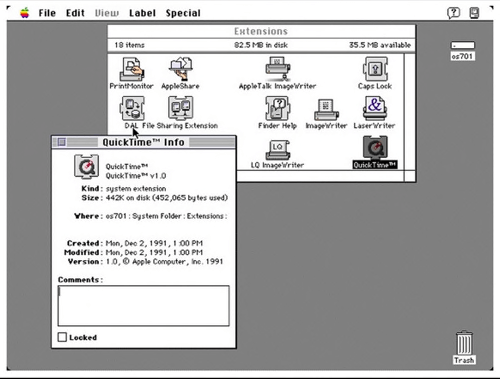
1991: QuickTime
Originally introduced in 1991, Apple’s QuickTime Player broke new ground for multimedia computing, which barely existed at the time. In 1994, QuickTime added support for music track playback that transcended existing computer audio quality and only necessitated small (now infinitesimally teensy) data files, like MIDIs, with its own native sound synthesis engine.
Over time, QuickTime grew into Apple’s default video playback program, which lives on today. (For instance, you’ll need it to watch Cook’s keynote speech next week at Apple’s Worldwide Developers Conference.)
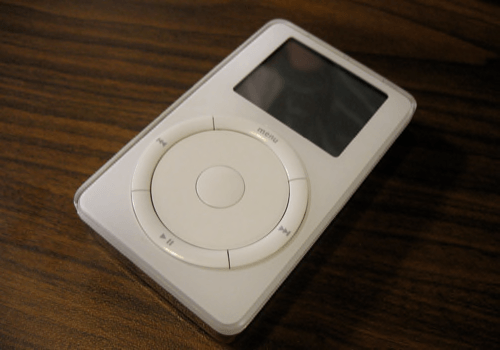
2001: iPod
The Power CD, a 1993 Apple digital-music flop, may not make this list, but the iPod certainly earned its place. Released in the relative dark age of 2001, the first iPod offered “1,000 songs in your pocket” and a nascent iTunes, then just a “digital jukebox”.
The iPod embodied the kind of gestalt we’ve come to expect from Apple: an exciting, refined device that consumers didn’t even know they needed yet.

As it began to capture the market’s attention in 2005, the iPod snowballed into the world’s premier digital-music gadget, cementing Apple’s image as flagbearer of the digital music revolution. With the later introduction of the entry-priced iPod Shuffle, Apple effectively made personal digital-music players available to everyone and anyone.
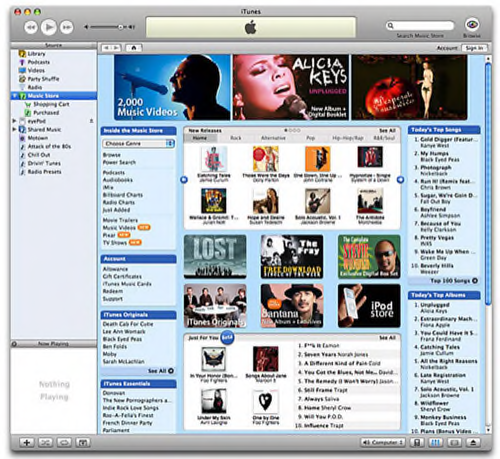
2003: iTunes Store
Apple introduced its first version of iTunes, built from its acquisition of early MP3 player SoundJam MP, in 2001. Two years later, with iPod hardware and iTunes as a software framework, Apple could finally introduce its biggest game-changer yet: a digital storefront stocked with 99 cent songs that upended the music industry as we knew it.
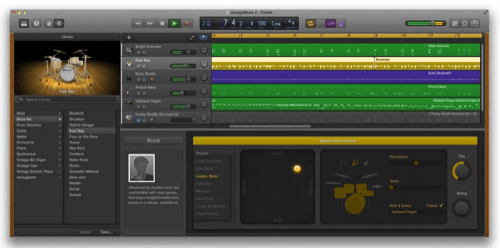
2004: GarageBand
As the iPod picked up steam into 2004, Apple rolled out GarageBand, a platform for digital-music creation that grew increasingly robust over the years. Now available for iOS as well as OS X, GarageBand was a key step in transforming a growing base of music consumers into creators as well, while also buying some goodwill with existing musicians who wanted to explore digital tools.
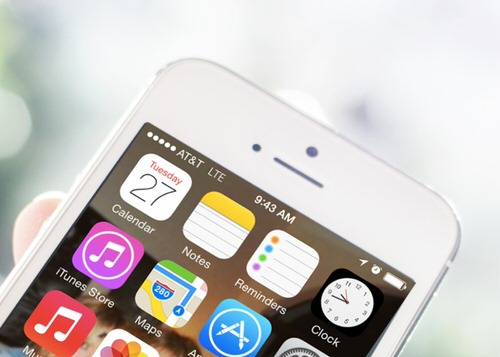
2007: iPhone
When Apple remixed its hit MP3 player into a smartphone, everything changed. It’s hard to overstate the impact of the iPhone in any realm of consumer technology, and digital music is no exception. The advent of the iPhone meant that we no longer needed to carry around two separate devices, one for calls and one for music and media.
By blending the utility of a phone, a digital music player, a pocket-sized computer and later an app platform, the iPhone took the market by storm and expanded its already massive digital music footprint.
2010: iPad
The iTunes Store had already steeped the mobile world in apps by the time the first iPad hit, and as the most iconic tablet ever created picked up steam, it gained traction among creative developers and musicians alike. Suddenly major artists like Gorillaz and Bjork were making inventive albums on yet another Apple device we didn’t know we needed.
With its larger screen and touch interface, and growing pool of music creation apps, the iPad made a huge impact on casual/indie digital-music creation and even the DJ scene.
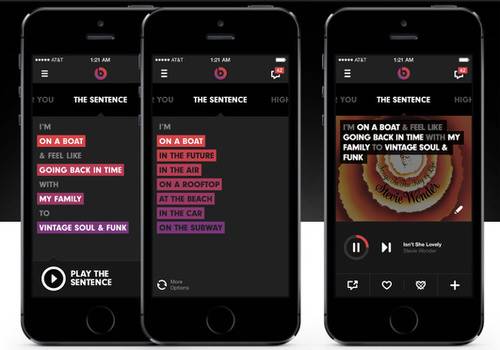
2014: Beats
Apple’s decision to purchase the hardware and digital music brand Beats struck plenty of folks as out of the blue, but it may have been crazy-like-a-fox from the start. The deal brings both Beats Music (the digital streaming app) and Beats Electronics (the hit line of headphones and speakers) into Apple’s fold.
Perhaps more important, it brings on board Beats co-founders Jimmy Iovine and Dr. Dre, music industry insiders who could shake digital music up once again—this time from the inside out.
Header image via anamanzarphotography, other images via Wikimedia Commons






